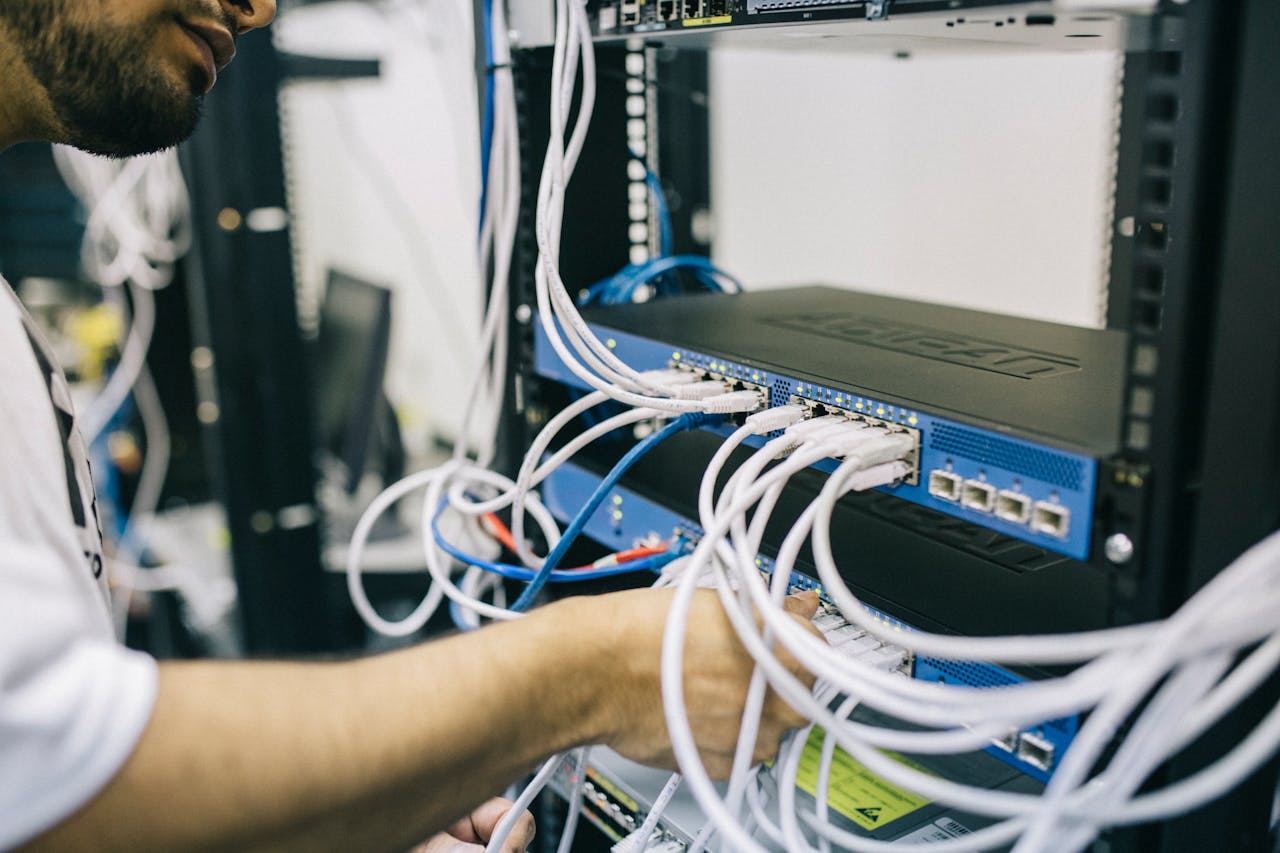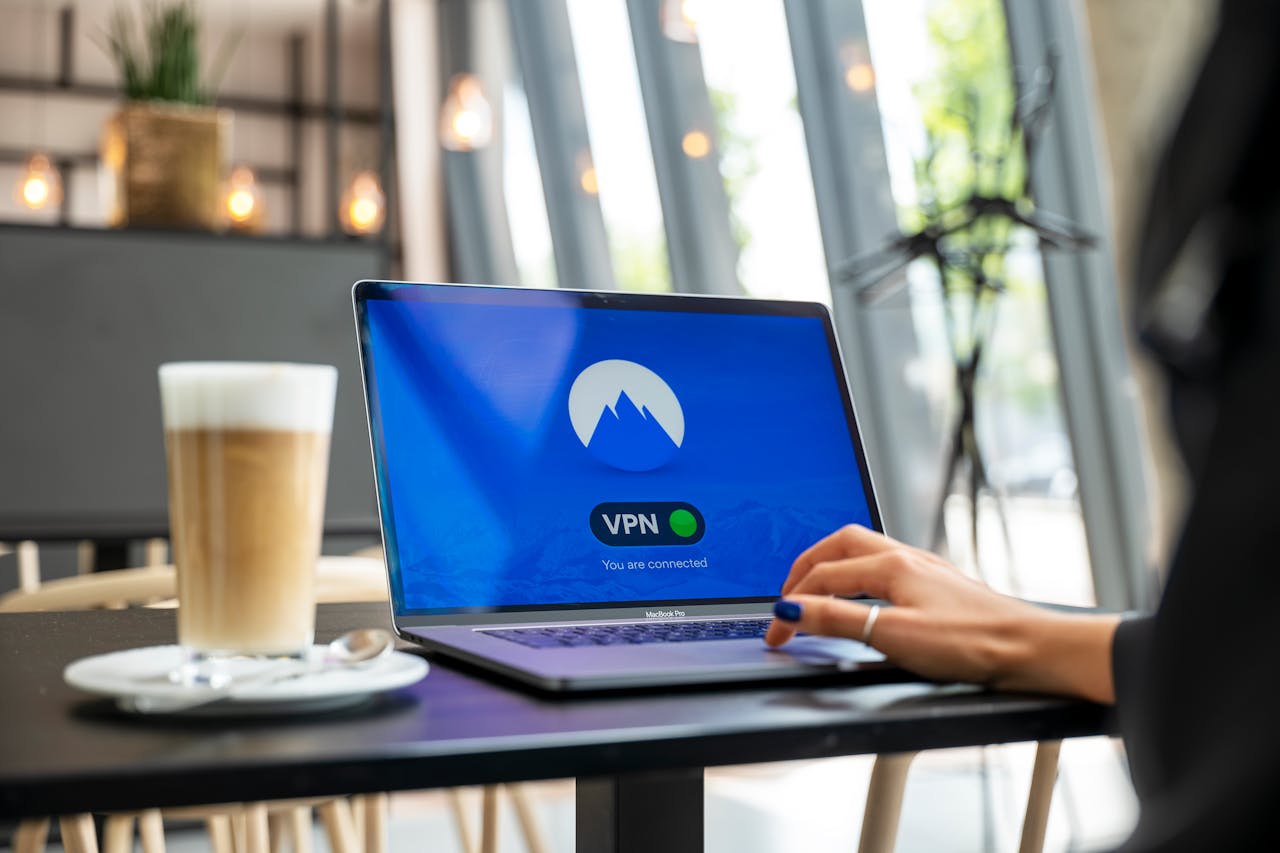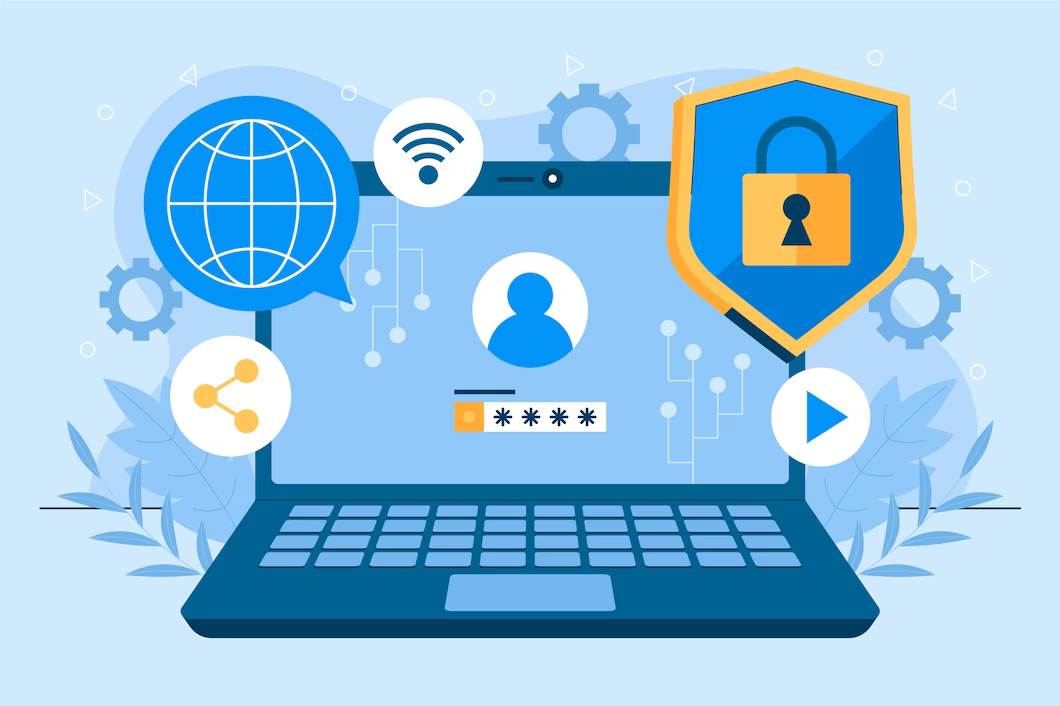What Makes The Shift From SD-WAN To SASE Such A Challenging Process?
-
April 23, 2024
-
7 min read

The transition from traditional software-defined wide area networking (SD-WAN) to Secure Access Service Edge (SASE) has emerged as a critical change as enterprises try to improve their networking and security capabilities in an increasingly digital environment. Organizations must manage the difficulties of combining networking and security features into a single architecture while guaranteeing a smooth and safe transition, thus this change has its challenges. This article will examine the complexities involved in moving from SD-WAN to SASE and the difficulties that organizations face.
Introduction to SASE
Traditional software-defined wide-area networking (SD-WAN) technologies have largely made optimizing network performance and connection across dispersed sites possible. However, SD-WAN’s shortcomings become increasingly evident as digital transformation quickens and cyber threats grow more advanced. By offering a comprehensive method that combines networking and security features into a single cloud platform, SASE overcomes these constraints.
This comprehensive framework aims to:
- Securely link data, applications, and remote workforces.
- Provide a more flexible and nimble security stance.
- Make managing networks and security simpler.
Understanding the Shift to SASE
Wide-area networking has advanced significantly with the shift from SD-WAN to SASE, majorly owing to the pressing need to keep up with the quick speed of digital transformation and the growing threat of cybercrime. Although SD-WAN has significantly improved network performance and connection across geographically separated locations, it is unable to handle the intricacy and sophistication of today’s security threats. SASE, or Secure Access Service Edge, unifies networking and security features into a unified, cloud-based architecture, thereby embodying a holistic concept. This strategic convergence offers a strong and adaptable infrastructure to protect and link a distributed workforce with their apps and data in an increasingly digital ecosystem. It is made to satisfy the dynamic needs of modern businesses.
Core Features and Functionality of SASE
SASE solutions offer a broad variety of features and functions provided as a service. Here are some key components:
- Secure Web Gateway (SWG): Filters out malware, phishing attacks, and other dangers in the web traffic stream.
- Cloud Access Security Broker (CASB): Ensures visibility into and control of access to cloud applications.
- Zero Trust Network Access (ZTNA): They allow for granular access to an application based on users and devices of trusted credentials.
- Firewall as a Service (FWaaS): Provide cloud security functions to implement security rules.
- SD-WAN capabilities: We can optimize network performance and application delivery across distributed sites through this platform.
Key Differences Between SD-WAN And SASE
While both SD-WAN and SASE enhance network connectivity, there are fundamental differences in their approach:
| Feature | SD-WAN | SASE |
| Focus | Enhances network performance and manageability | Integrates security functions with networking |
| Deployment | Deployed on-premises or in a hybrid model | Cloud-delivered service |
| Security | Bolted-on features | Security is foundational to the architecture |
| Management | Separate consoles for SD-WAN and security | Unified management console for networking and security |
Security Challenges In The Transition From SD-WAN To SASE
Unified Security And Networking:
To enact SASE, networking and security have to be consolidated into a unified platform that is different from how SD-WAN normally works, which has its networking and security separated. This requires a new security strategy for both network and information security.
Diverse Components of SASE:
The wide variety of ingredients within SASE, including secure web gateways, zero-trust network access, and others, leads to complexity. Organizations face the challenges of implication, understanding, and management of this multifaceted structure.
Legacy System Transition:
Legacy systems may complicate the shift to SASE. In moving towards the SASE model, meticulous planning and coordination are of utmost importance for a gradual, smooth adaptation of the legacy systems to the new model.
Operational Adjustments:
Adopting SASE not only changes the technical arena but also the operating landscape. It helps in the management of networks, setting security policies, and access control for users.
Also Read: Transforming the Manufacturing Sector with Intelligent SD-WAN
How To Ensure Seamless Transition
Detailed Planning And Evaluation:
A full-scale review and analysis of the existing infrastructure and business objectives is indispensable for selecting the SASE features that mesh well with the enterprise requirements.
Partnership With SASE Experts:
Working hand in hand with SASE professionals not only allows for critical expertise but also helps organizations to smoothly integrate the SASE model.
Testing For Integration And Compatibility:
Guaranteeing that SASE components will work well with existing infrastructure is of primary significance. This includes extensive testing for integration and guaranteeing it is possible, which is very important for a smooth transition.
Enhancing Team Expertise:
Training and equipping IT personnel with the required skills and knowledge is essential for efficient SASE management, enabling them to operate in the new environment to the maximum capacity.
Regulatory And Compliance Adherence:
Transitioning to SASE should be in harmony with industry compliance and regulatory standards, ensuring that the organization remains compliant while adopting new security and networking paradigms.
Regulatory And Compliance Considerations
Adherence to the relevant data security regulatory framework and industry standards should be a top priority when employing SASE. Organizations need to:
- Evaluate compliance requirements: Highlight the regulations that affect your organization specifically, like the GDPR, CCPA, or HIPAA.
- Choose compliant SASE providers: Filter SASE providers that comply with the data privacy laws and have features to ensure compliance with data privacy regulations.
- Maintain data residency: Know where your data is stored in the SASE architecture and ensure that it complies with data location laws. Some regulations, such as GDPR, may limit countries where data can be physically stored. Work closely with a SASE provider to determine data storage options and choose a solution that suits your compliance needs.
- Data access controls: To protect sensitive information from unauthorized personnel, the controls to access the data within the platform must be robust and in line with the regulatory requirements.
- Auditing and logging: Maintain comprehensive audit logs within the SASE platform to track user activity, data access attempts, and security events. These logs are crucial for demonstrating compliance and facilitating incident response.
Choosing the right SASE provider
Selecting the best SASE provider is a strategic choice that necessitates a thorough analysis of several important aspects. Give top priority to a supplier who has strong security credentials and is dedicated to ongoing innovation in the industry. Examine the solution’s feature set to ensure it satisfies your company’s unique security needs. Scalability and flexibility in the selected solution should allow your firm to adjust to changing circumstances and growing threats.
The solution must integrate easily with your current infrastructure. Make sure the provider complies with data privacy laws and industry standards; compliance is non-negotiable. To comprehend every financial facet of the solution, a comprehensive study of the Total Cost of Ownership (TCO) is required. Organizations may select a SASE supplier who not only satisfies their short-term requirements but also puts them in a safe and confident position to navigate a digitally-driven business climate by considering these important factors.
Conclusion
The transition from SD-WAN to SASE offers significant security, agility, and manageability advantages. However, a successful migration requires careful planning, collaboration with SASE providers, and a proactive approach to addressing security challenges. By understanding the core functionalities of SASE, the key differences from SD-WAN, and the critical steps for a smooth transition, organizations can leverage this powerful technology to secure their digital landscape and thrive in the ever-evolving threat landscape.
For WAN networks that are outdated, Airtel Managed SD-WAN offers a revolutionary alternative. Consider it a paradigm change from conventional WAN networks to WAN connectivity that is quicker, more adaptable, and safer. By coordinating a dynamic web of network connections like a multi-lane motorway with intelligent traffic routing, managed SD-WAN functions similarly to a traffic manager and lets you grow at your own speed.
 Share
Share









